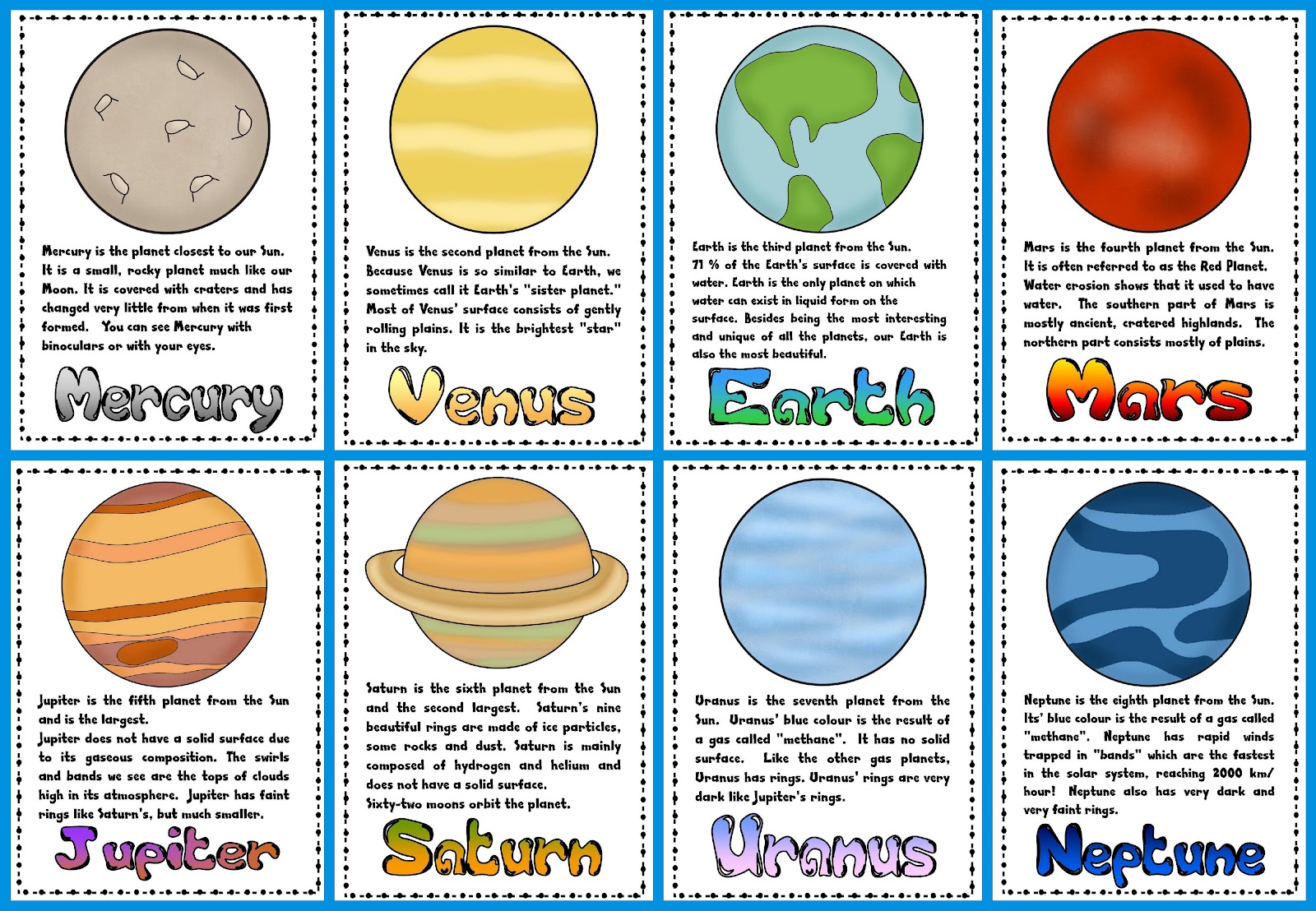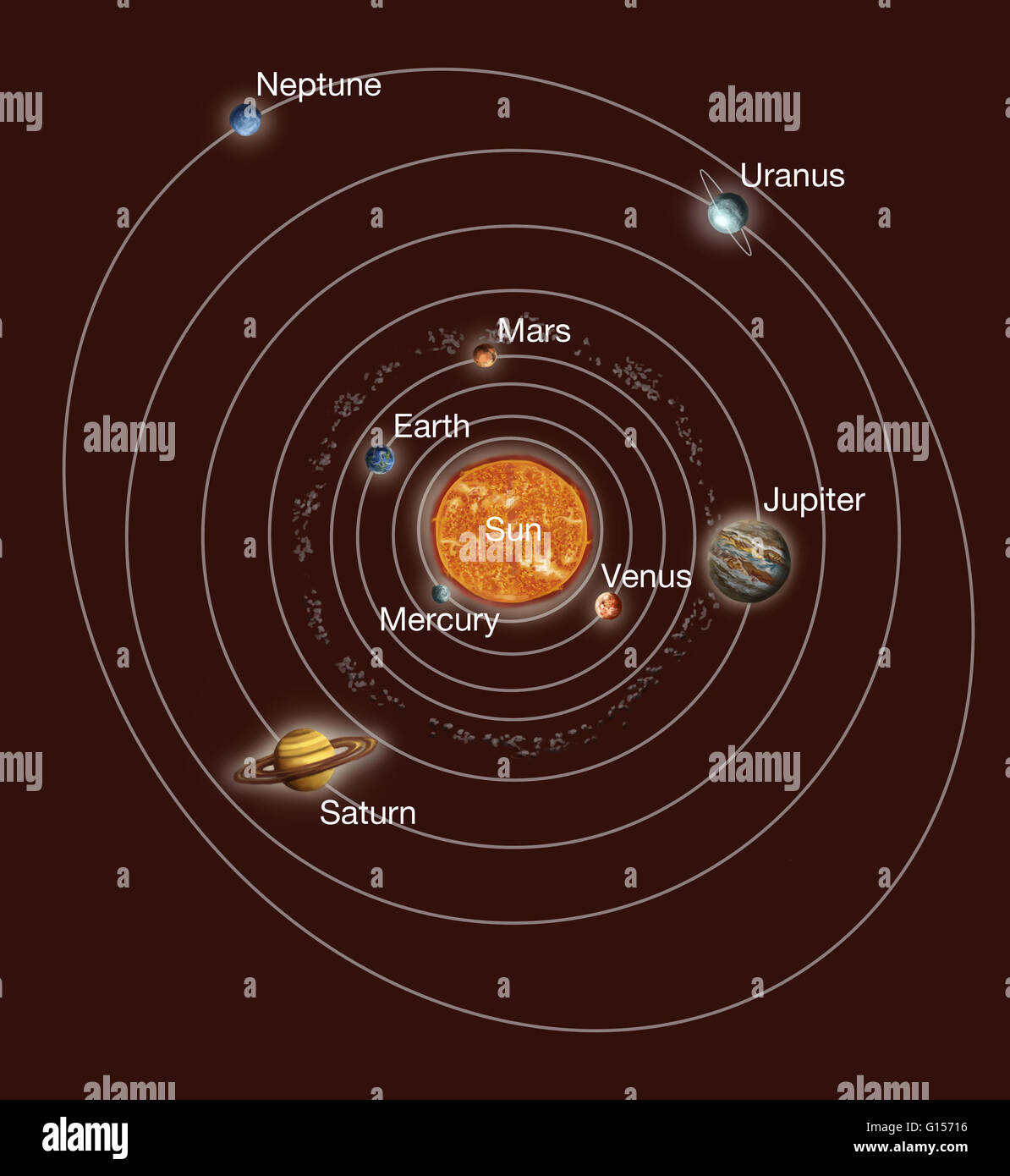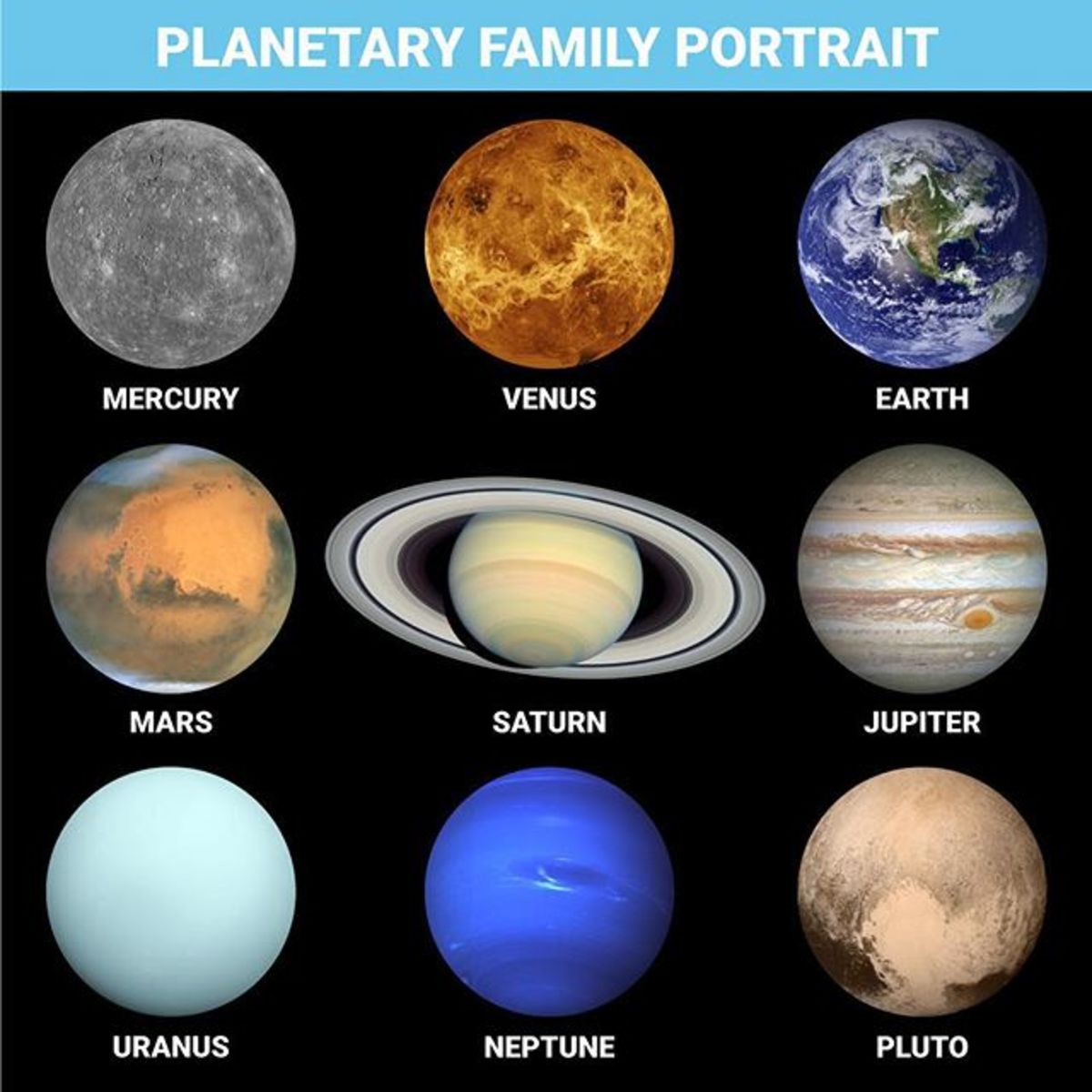What Are The Colours Of The 8 Planets Nov 29 2023 Leer en espa ol Astronomers have discovered six planets orbiting a bright star in perfect resonance The star system 100 light years from Earth was described on Wednesday in a
Our Solar System Our solar system is made up of a star the Sun eight planets 146 moons a bunch of comets asteroids and space rocks ice and several dwarf planets such as Pluto The eight planets are Mercury Venus Earth Mars Jupiter Saturn Uranus and Neptune Mercury is closest to the Sun Neptune is the farthest The order of the planets in the solar system starting nearest the sun and working outward is the following Mercury Venus Earth Mars Jupiter Saturn Uranus Neptune and then the possible
What Are The Colours Of The 8 Planets
 What Are The Colours Of The 8 Planets
What Are The Colours Of The 8 Planets
https://i.pinimg.com/originals/63/af/5a/63af5a907a8fc670b89760b53283d021.jpg
Nov 29 2023 Article The discovery Six planets orbit their central star in a rhythmic beat a rare case of an in sync gravitational lockstep that could offer deep insight into planet formation and evolution Key facts A star smaller and cooler than our Sun hosts a truly strange family of planets six sub Neptunes possibly
Pre-crafted templates provide a time-saving option for producing a diverse range of files and files. These pre-designed formats and layouts can be used for various personal and professional jobs, consisting of resumes, invites, leaflets, newsletters, reports, discussions, and more, streamlining the material production process.
What Are The Colours Of The 8 Planets

Planets In Vector By Ohita Fiction On Dribbble

Planets Revolution Chart

Solar System Clipart Kindergarten 20 Free Cliparts Download Images On

How To Remember The Planets In Order Sciencing Free Hot Nude Porn Pic

Materias Mind Map

Revolution Vs Rotation Solar System

https://www.explainingspace.com/colors-of-the-8-planets-in-solar-system/
The colors of the 8 planets in our solar system are mainly determined by composition For instance with terrestrial planets the appearance is grey but it can also be determined by the main oxidized minerals in the composition Besides composition the atmosphere heavily impacts the color we see because of the way it reflects sunlight and how

https://littleastronomy.com/what-color-are-the-planets/
The continents are brown and if you are close enough you can see some of the clouds in white Earth looks blue from space because the water in the oceans reflects blue light And since the oceans cover about 70 of the planet s surface then blue becomes the predominant color

https://a-z-animals.com/blog/discover-the-color-of-each-of-the-8-planets-in-our-solar-system/
Since the dust has a high iron content it has rusted over time and caused a brownish hue to form on the world s surface Mars color is also known to change occasionally depending on whether the planet is experiencing a dust storm The more dust that s kicked up the more orange the planet tends to look 5 Jupiter

https://exoplanets.nasa.gov/resources/141/visible-light-color-of-planets-plot/
Visible light Color of Planets Plot This plot compares the colors of solar system planets to the color of the hot Jupiter class planet HD 189733b With the exception of Mars the colors are primarily determined by the chemistry of the planets atmospheres Earth s blue atmosphere plus the blue tint of the oceans dominate our world s hue

https://www.cnn.com/2023/11/29/world/six-exoplanets-resonance-scn/index.html
This artist s concept shows what the exoplanet WASP 17 b could look like WASP 17 b also called Dits is a hot gas giant that orbits its star at a distance of just 0 051 AU about 4 75
Our solar system can be divided into three regions the inner solar system the outer solar system and the Kuiper Belt and Oort Cloud The inner rocky planets are Mercury Venus Earth and Mars These worlds also are known as terrestrial planets because they have solid surfaces Mercury Earth and Mars are currently being explored by spacecraft Six Planets The outermost planet of the three planets initially found takes 20 5 Earth days to orbit its star 1 5 times the next star inwards which takes 13 6 Earth days 1 5 times the next one
Credit NASA Johns Hopkins University Applied Physics Laboratory Carnegie Institution of Washington PIA Number PIA16853 Language english This colorful view of Mercury was produced by using images from the color base map imaging campaign during MESSENGER s primary mission